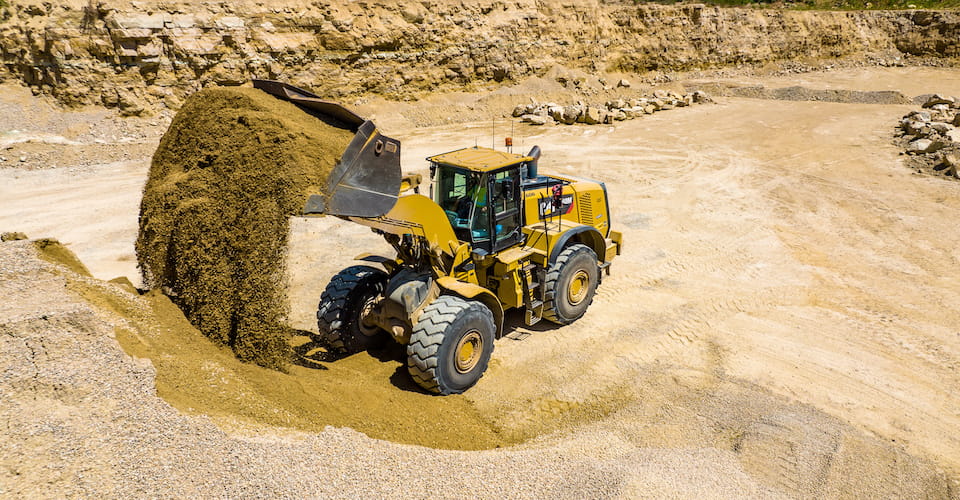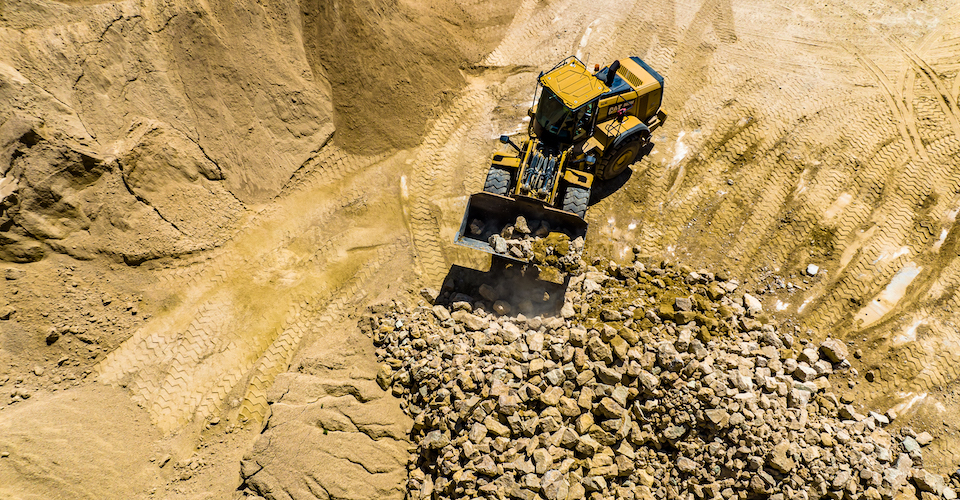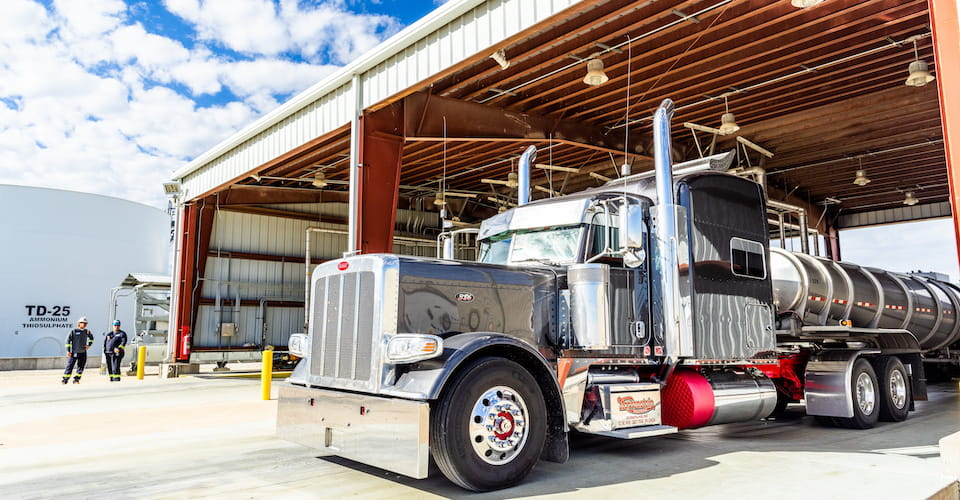
As temperatures begin to drop, one of the most important items to consider is how to protect your fuel. This starts with bulk fuel storage tanks, and now’s the time to put a plan in place. Here’s an overview of how to best implement a winter diesel storage system.
Understand the risks of cold weather on your fuel.
Paraffin wax is present in all diesel fuels as a natural lubricity agent. Like any wax, as the ambient temperature of the fuel drops, the wax begins to form large square-shaped structures. These can come out of suspension and cause fuel to gel, which clogs the fuel system.
It’s difficult to pinpoint a specific temperature at which diesel gels because it’s impacted by so many different variables. However, there are two major temperature points to be aware of:
- Cloud point: The temperature at which wax crystals begin to appear in diesel fuel. Generally speaking, it ranges from 4 to 14 degrees Fahrenheit.
- Pour point: The temperature at which enough wax precipitates out of the fuel that it turns into gel and no longer flows. This generally occurs 10 to 15 degrees below the cloud point.
Perform a visual inspection of the fuel storage tank.
Before winterizing your bulk diesel tanks, make sure to clean them to help prevent contamination. Ask yourself these questions:
- Is there dirt and grime collected at any points on the tank?
- Are there any signs of leaking?
- Are there pools or puddles of fuel on the ground beneath the tank?
- Do I need to make any repairs to the delivery hose, delivery nozzle or other areas of the tank?
Watch out for water.
Water’s freezing point (32 degrees Fahrenheit) is much higher than the average cloud point, so make sure there’s no water in the tank. One way to remove water from fuel storage tanks is with AquaFighter, a product that tests for water in fuel within the tank and helps resolve the problem. AquaFighter uses a dipstick test to check for the presence of water and then uses one of four filters, depending on the size of the tank, to absorb suspended water.
Once you’ve removed water from the bulk diesel storage tank, replace the tank’s fuel water separator filter to ensure only clean fuel is delivered to the engine.
Use one of Cenex’s winterized premium diesel fuels.
Switching to a winterized diesel during the cold months is an important way to protect your equipment. Moving to a specially formulated winterized premium diesel like Cenex® WinterMaster® is an investment that pays for itself with cold-weather protection, fuel-efficient starts, a smoother running engine and proven power. And don’t forget, any time you have questions or concerns, your LOCAL CENEX® DEALER is here to help.












